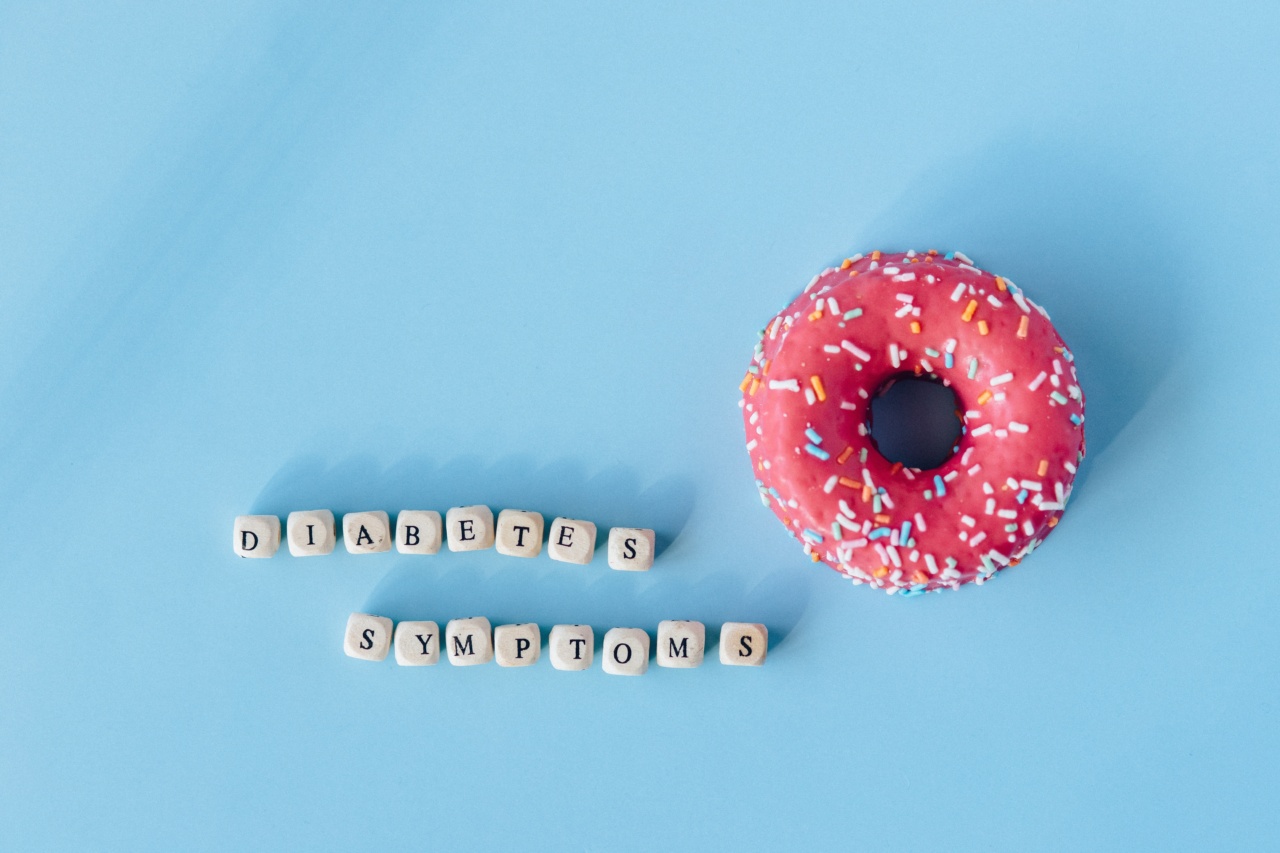Food allergies are a growing concern worldwide, affecting millions of people. It is essential to recognize the signs and symptoms of food allergies to ensure timely treatment and prevent severe reactions.
This article aims to raise awareness about food allergies and help individuals identify the warning signs.
Understanding Food Allergies
A food allergy is an abnormal immune response triggered by certain foods. When a person with a food allergy consumes an allergenic food, their immune system recognizes specific proteins in the food as harmful and releases chemicals to fight them.
This immune reaction results in a range of symptoms that can vary from mild to severe.
Common Food Allergens
While any food can potentially cause an allergic reaction, some foods are more commonly associated with allergies than others. The following are the most common food allergens:.
- Milk
- Eggs
- Peanuts
- Tree nuts (such as almonds, walnuts, and cashews)
- Wheat
- Soy
- Fish
- Shellfish
Signs and Symptoms
Food allergy symptoms can manifest in various ways, affecting multiple organ systems. It’s important to note that reactions can occur within minutes or up to several hours after consuming the allergenic food.
Here are some common signs and symptoms:.
Skin Reactions
One of the most common signs of a food allergy is a skin reaction. These may include:.
- Hives: Red, itchy welts that can appear anywhere on the body
- Itchy skin: Pruritus, often accompanied by a rash
- Eczema: Persistent dry, itchy, and inflamed skin
Respiratory Symptoms
Many individuals with food allergies experience respiratory symptoms, which can be mild or severe. These symptoms may include:.
- Sneezing
- Runny or stuffy nose
- Coughing
- Wheezing
- Shortness of breath
Gastrointestinal Issues
Food allergies can also affect the gastrointestinal system, leading to various digestive problems, including:.
- Nausea
- Vomiting
- Stomach cramps
- Diarrhea
Cardiovascular Symptoms
In severe cases, food allergies can cause cardiovascular symptoms, indicating a potentially life-threatening allergic reaction called anaphylaxis. These symptoms include:.
- Weak or rapid pulse
- Low blood pressure
- Dizziness or fainting
- Chest tightness
- Difficulty breathing
Other Symptoms
In addition to the above, food allergies can also present with other symptoms, such as:.
- Swelling of the lips, tongue, or throat
- Hoarse voice
- Itchy or watery eyes
- Difficulty swallowing
Diagnosing and Managing Food Allergies
If you suspect a food allergy, it is crucial to consult with a healthcare professional. They will likely perform a combination of medical history evaluations, physical examinations, and allergy tests to make an accurate diagnosis.
Once diagnosed with a food allergy, management involves strict avoidance of the allergenic food and carrying necessary medications, such as epinephrine auto-injectors, in case of accidental exposure and anaphylaxis.
Conclusion
Food allergies are a significant concern, and recognizing their signs and symptoms is vital for early intervention and prevention of severe reactions.
By understanding the common food allergens and being aware of the different organ systems involved, individuals can take appropriate precautions and seek medical attention promptly. Improved awareness and education about food allergies contribute to a safer and more inclusive environment for those living with these potentially life-threatening conditions.





























